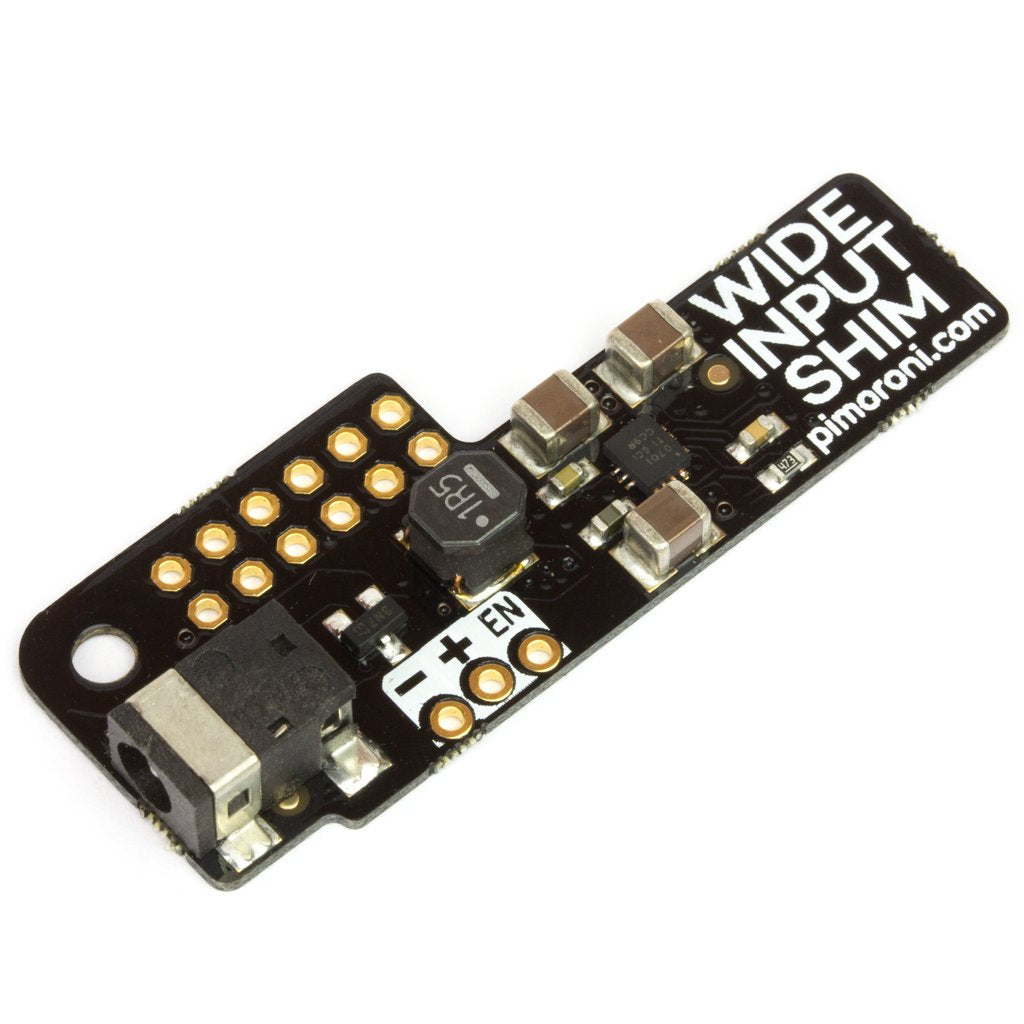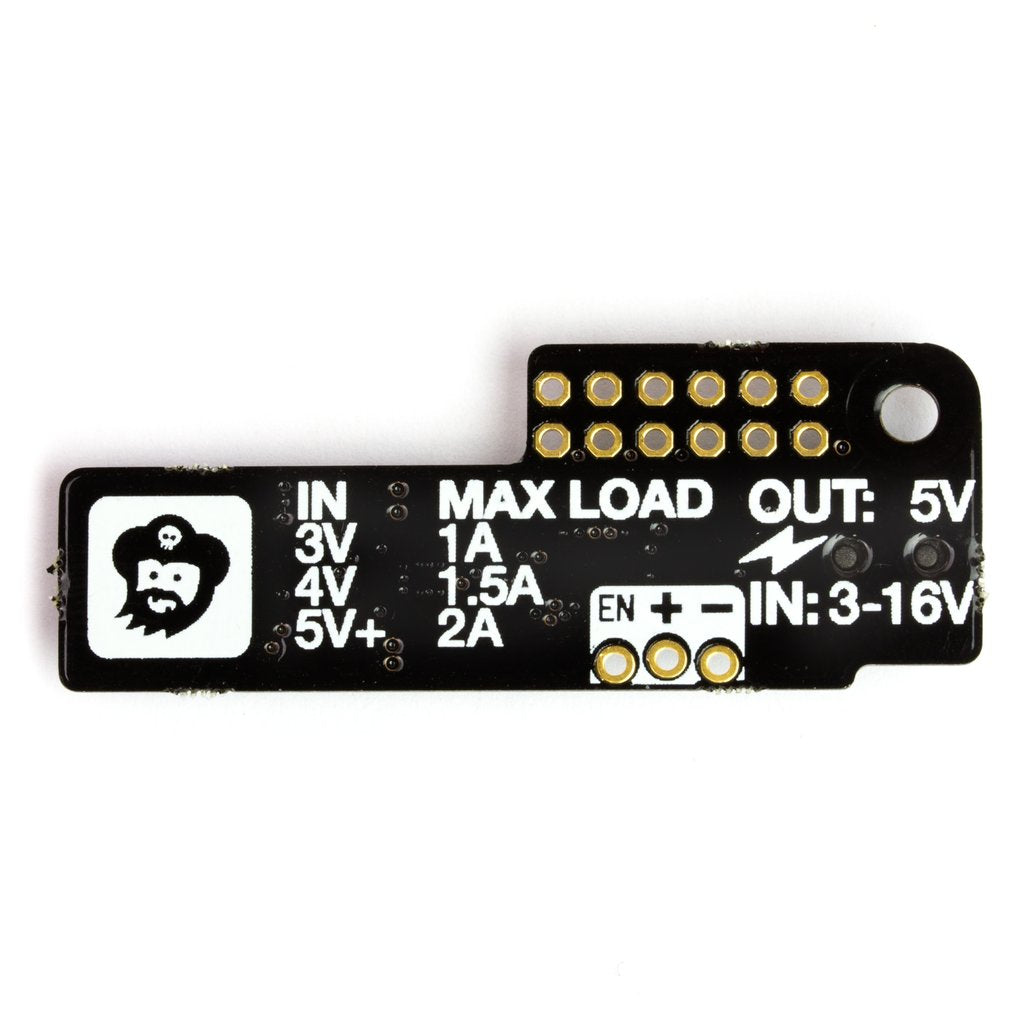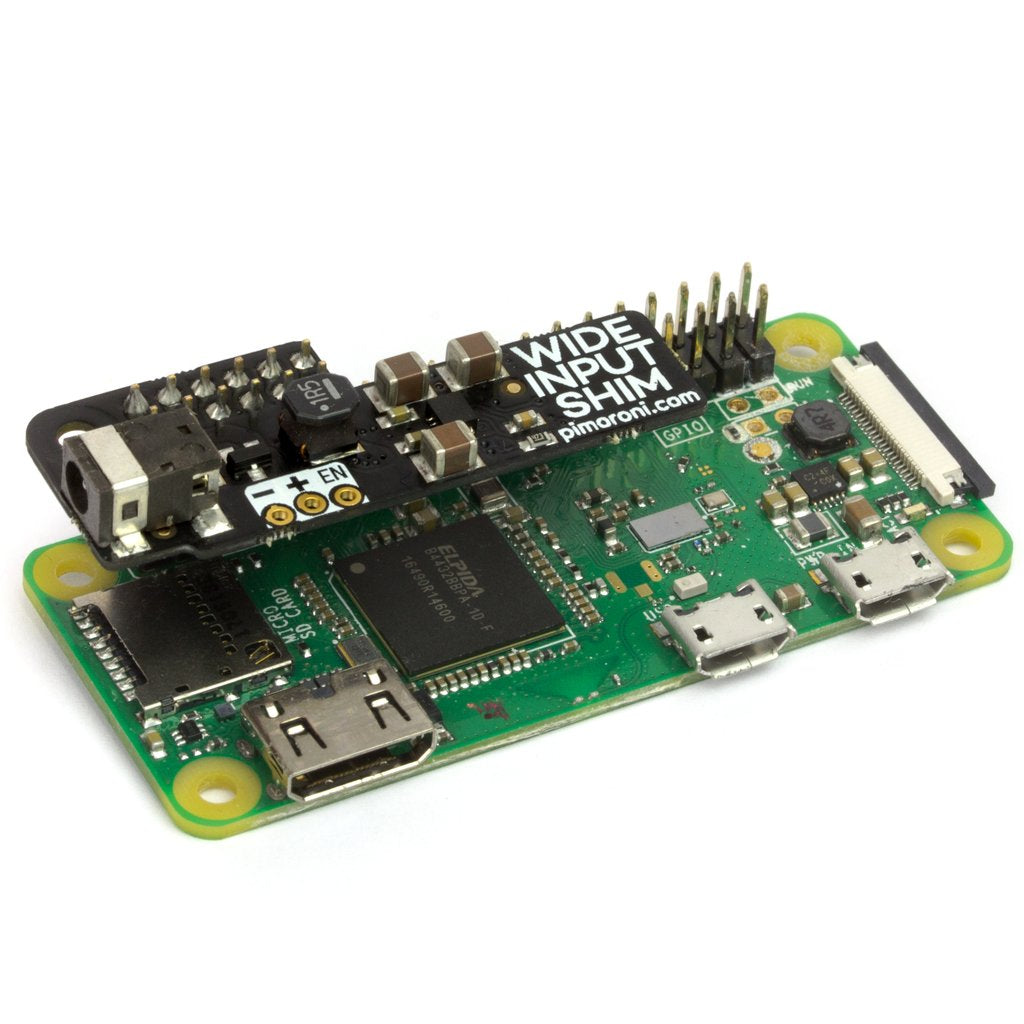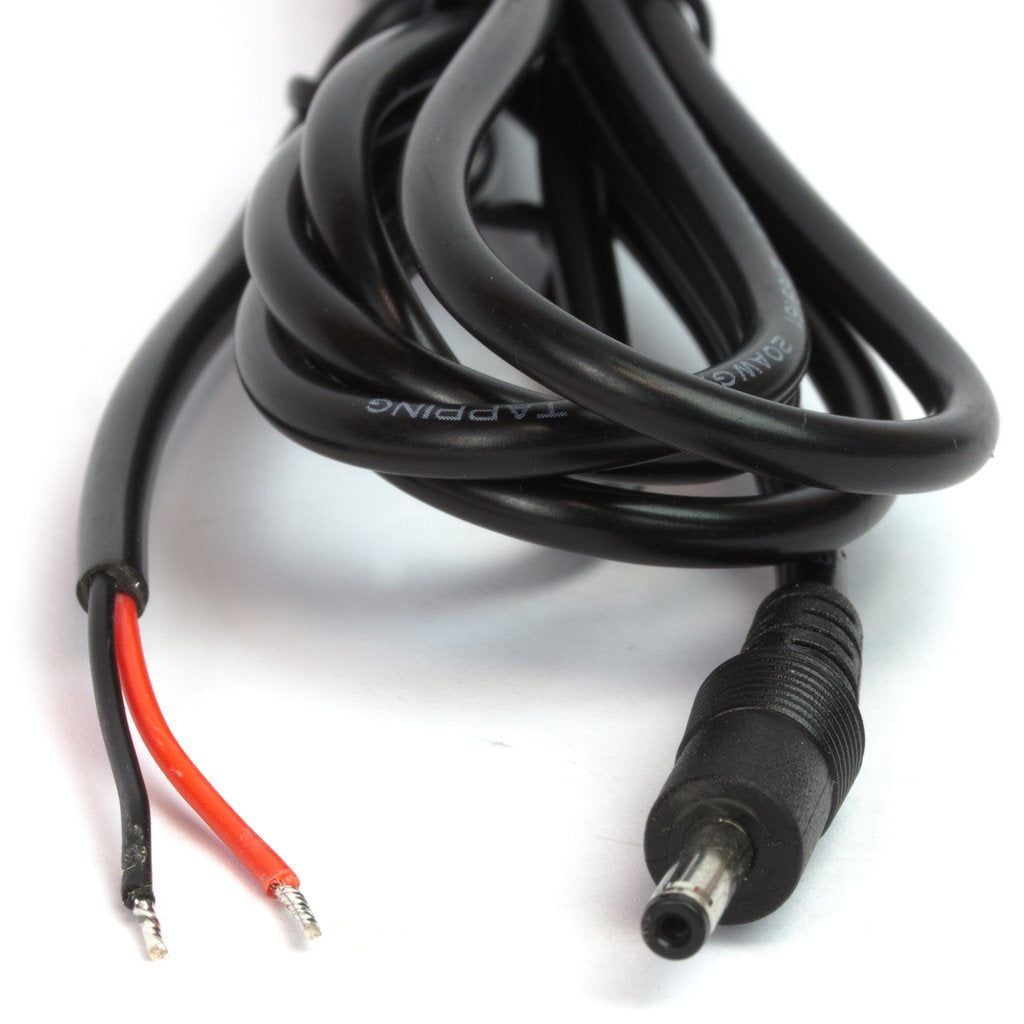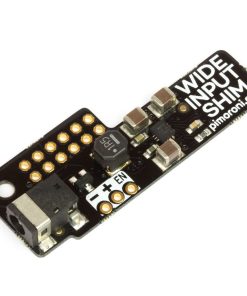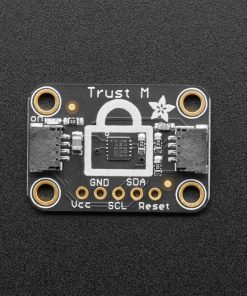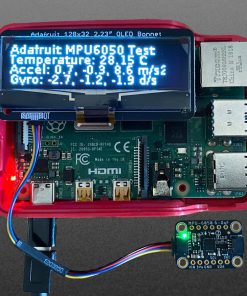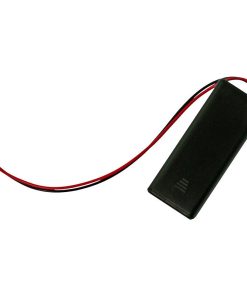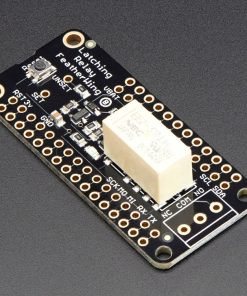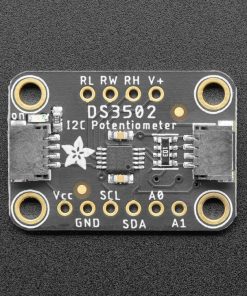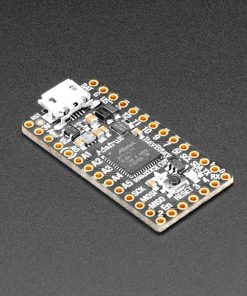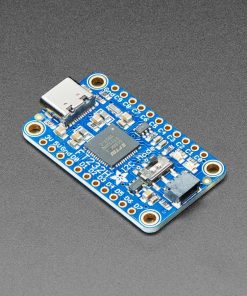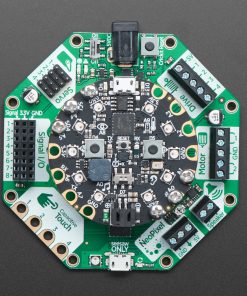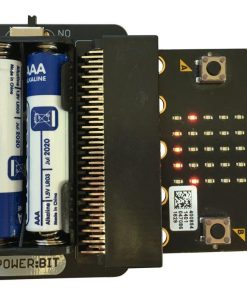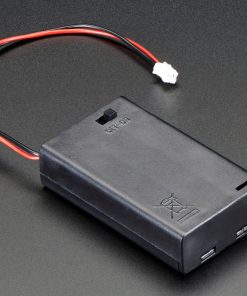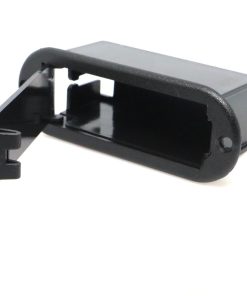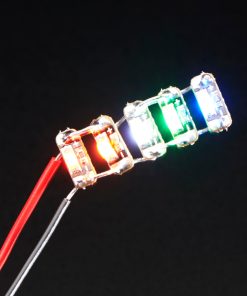Power your Pi with a wide range of input voltages from 3 to 16V!
Wide Input SHIM lets you use a range of different power supplies with your Pi, including the ubiquitous 12V barrel jack power supplies. It’s super-skinny, so you can solder it straight to your Pi’s pins and still use HATs and pHATs on top.
The barrel jack connector on Wide Input SHIM is a 3.5mm outer diameter (OD), 1.3mm inner diameter one, and there’s a short male to female adapter cable included to allow you to use the common 5.5mm OD barrel jacks too.
There’s also a short cable included with a 3.5mm OD barrel jack on one end and tinned wires on the other, in case you want to attach it directly to something like a bench power supply or to solder it into a project.
If you need a longer power cable, then there’s a 1.5m long 3.5mm OD male to tinned wires cable available separately.
Kit includes
- Wide Input SHIM
- 2×6 female header (requires soldering)
- 3.5mm OD male to 5.5mm OD female adapter cable (15cm long)
- 3.5mm OD male to tinned wires cable (15cm long)
Features
- Super-small SHIM-format board
- 0.8mm thick PCB
- Can be used with HATs and pHATs
- 3.5mm outer diameter barrel jack connector (centre positive)
- Adapter cables included
- TPS63070 buck-boost converter chip (data sheet)
- 5V / up to 2A output
- 3-16V input
- Reverse voltage protection
- EN (enable) pin to switch off output voltage (pull to ground)
- Requires soldering
Usage
You can supply a range input voltages to Wide Input SHIM, either through the centre positive 3.5mm outer diameter barrel jack connector, or through the two broken-out + and – pins on the SHIM.
The board will provide 5V/2A output (through the GPIO to the Pi) at input voltages of 5V to 16V. Current drops to 1.5A at 4V, and 1A at 3V.
Pulling the EN (enable) pin to ground will cut the 5V voltage output, although it should be noted that you should shut your Pi down cleanly before doing this!
Notes
- Dimensions: 45x17x6mm (LxBxH)
- Using both micro-USB power and Wide Input SHIM power at the same time is not recommended with Pi Zero / W where there is no protection against back-powering
| Model | Kit |
|---|
Fast Shipping and Professional Packaging
Because of our long-standing partnership with UPS, FedEx, DHL and many other leading global carriers, we can provide various shipping options. Our warehouse staff is highly trained and will pack the items according to our exact and precise specifications. Before shipping, your goods will be thoroughly examined and secured. We deliver to thousands of customers every day from all over the world. This is a sign of our dedication to being the largest online retailer worldwide. There are distribution centers as well as warehouses located in Europe as well as the USA.
Note: Orders with more than one product are assigned a specific processing period dependent on the particular item.
Before shipping, we will examine the items ordered carefully before shipping. The majority of orders are shipped within 48 hours. The time to deliver varies from 3-7 days.
Returns
The stock is constantly changing and cannot be fully controlled by us due to the involvement of many parties including the factory and our warehouse. This means that the actual stock could alter at any time. Be aware that it is possible that your order could be out of stock after you have made the order.
Our policy lasts thirty days. If you haven't received your item within 30 days, we're unable to offer the option of a refund or exchange.
You are able to return an item when it's unopened and is in the same condition as when you first received it. It should also be returned in its original packaging.
Related products
Uncategorized
Uncategorized
Uncategorized
Uncategorized
